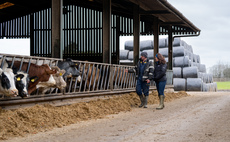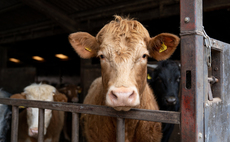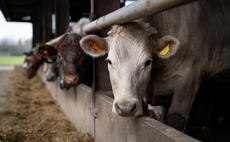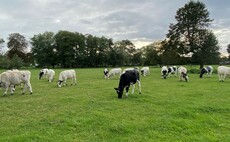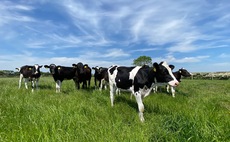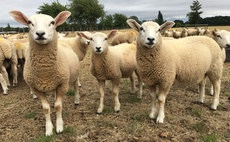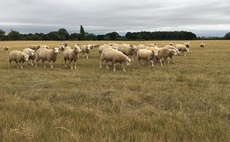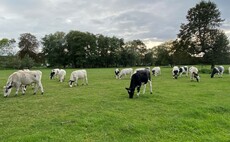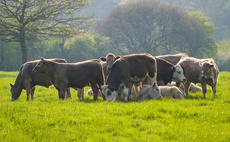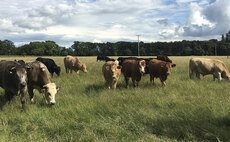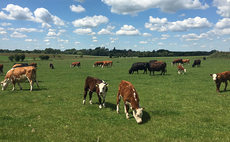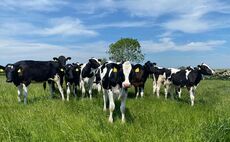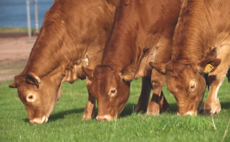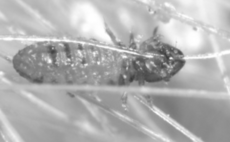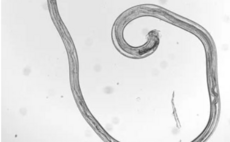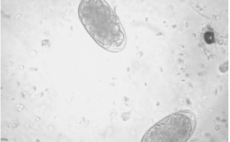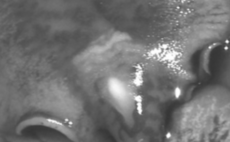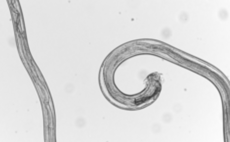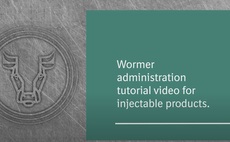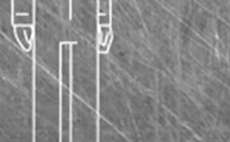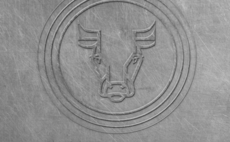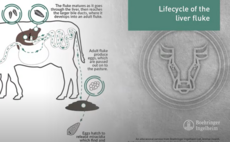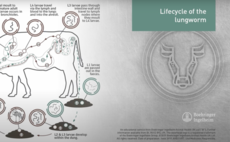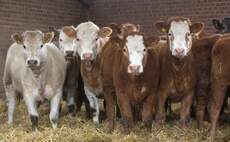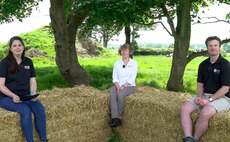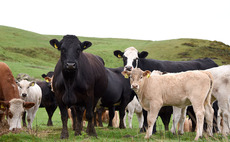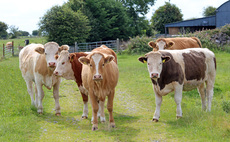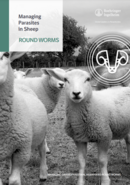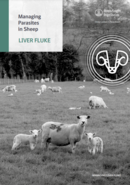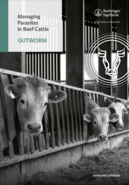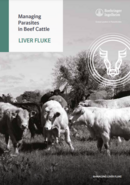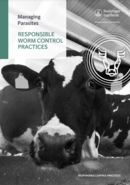Partner Insight: Have you made parasite plans?
Before turnout it’s crucial to make a parasite control plan to protect your cattle over the coming grazing season.
Partner insight: Planning ahead against worms
While cattle are housed over winter, it is a good time to review your plans for parasite control next year. The main species to focus on are gutworms, lungworm and liver fluke
How to have a worm-free winter
Removing production-limiting worms from cattle at housing can support healthy growth rates in youngstock, and improve milk production in heifers due to calve over winter.
Plan for parasite control
Plan your parasite control at housing with a view to preventing production loss and supporting healthy growth in youngstock this winter.
Don't leave fluke to chance
Even though housing is a few months away, it pays to consider the liver fluke challenge your cattle may have faced this grazing season and plan for any flukicide treatments you may need to administer before winter.
Summer showers raise lungworm risk
Warm and wet weather this summer has raised the risk of lungworm infections in at-risk cattle.
Weigh up the worm risk
From mid-July, pastures grazed since turnout will be increasingly infected with worm larvae, which can lead to significant worm burdens in youngstock and other high-risk cattle unless effective control plans are in place.
Wormer resistance threatens future of sheep farming
Wormer resistance is a very real threat to sheep farming. Farmers must adopt new, sustainable worming practices, to prolong the effectiveness of wormers
Worm control: is it time to treat?
The mid-summer rise in parasite numbers can cause significant worm burdens and production loss if left unmanaged.
Paddock management for parasite control
Pasture management is one of the most effective ways to reduce parasite load in cattle, and some alternative paddock and grass-utilisation strategies can also be useful in overall parasite management.
Parasite watch - Planning for parasite control
A lack of forward planning can make parasite control more difficult, so take time this winter to prepare for worm and fluke control at turnout and the coming grazing season.
Worm at housing for winter productivity
Assessing cattle for worm burdens before using a wormer can save money and time, as well as prevent unnecessary treatments that can drive wormer resistance.
Is it worth testing for worms?
Assessing cattle for worm burdens before using a wormer can save money and time, as well as prevent unnecessary treatments that can drive wormer resistance.
Worms and rotational grazing: what is the risk?
Pasture management is an essential component of parasite control, particularly because it is estimated that 95 percent of parasites are on the pasture and only 5 percent are present in the animal.
Manage the mid-season rise in parasites
Young cattle are at risk from the mid-summer rise in parasite larvae on pasture, unless effective control strategies, including pasture management, monitoring and targeted treatment if required, have been implemented.
Be alert to Lungworm
The increasing threat of lungworm to dairy herds means producers need to take extra care to manage the parasite and be alert to early signs of disease to prevent unnecessary loss of production.
Parasite Watch
Turnout provides the chance to minimise parasite challenge to youngstock, thereby reducing the impact of parasites on weight gain, growth and fertility, says Sioned Timothy, technical services manager at Boehringer Ingelheim Animal Health.

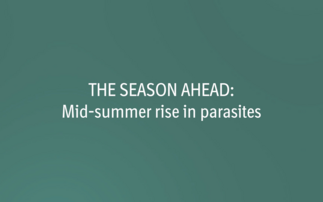
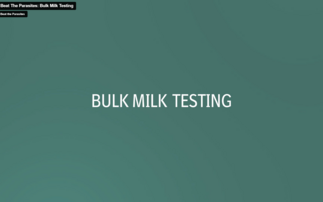

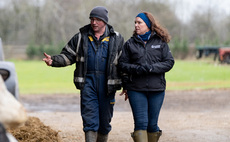
 22 January 2024
•
2 min read
22 January 2024
•
2 min read
